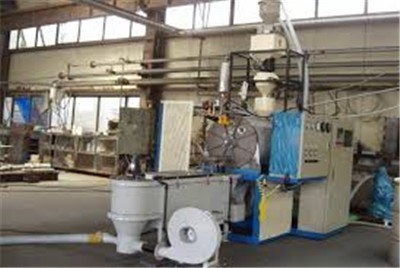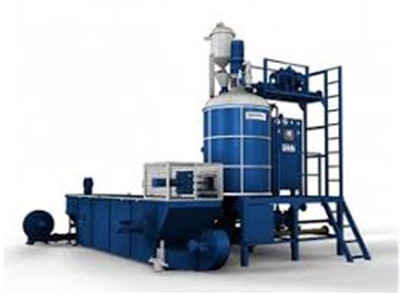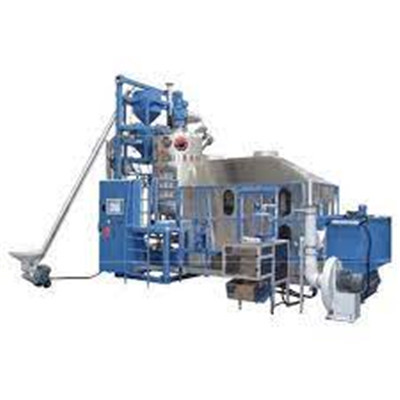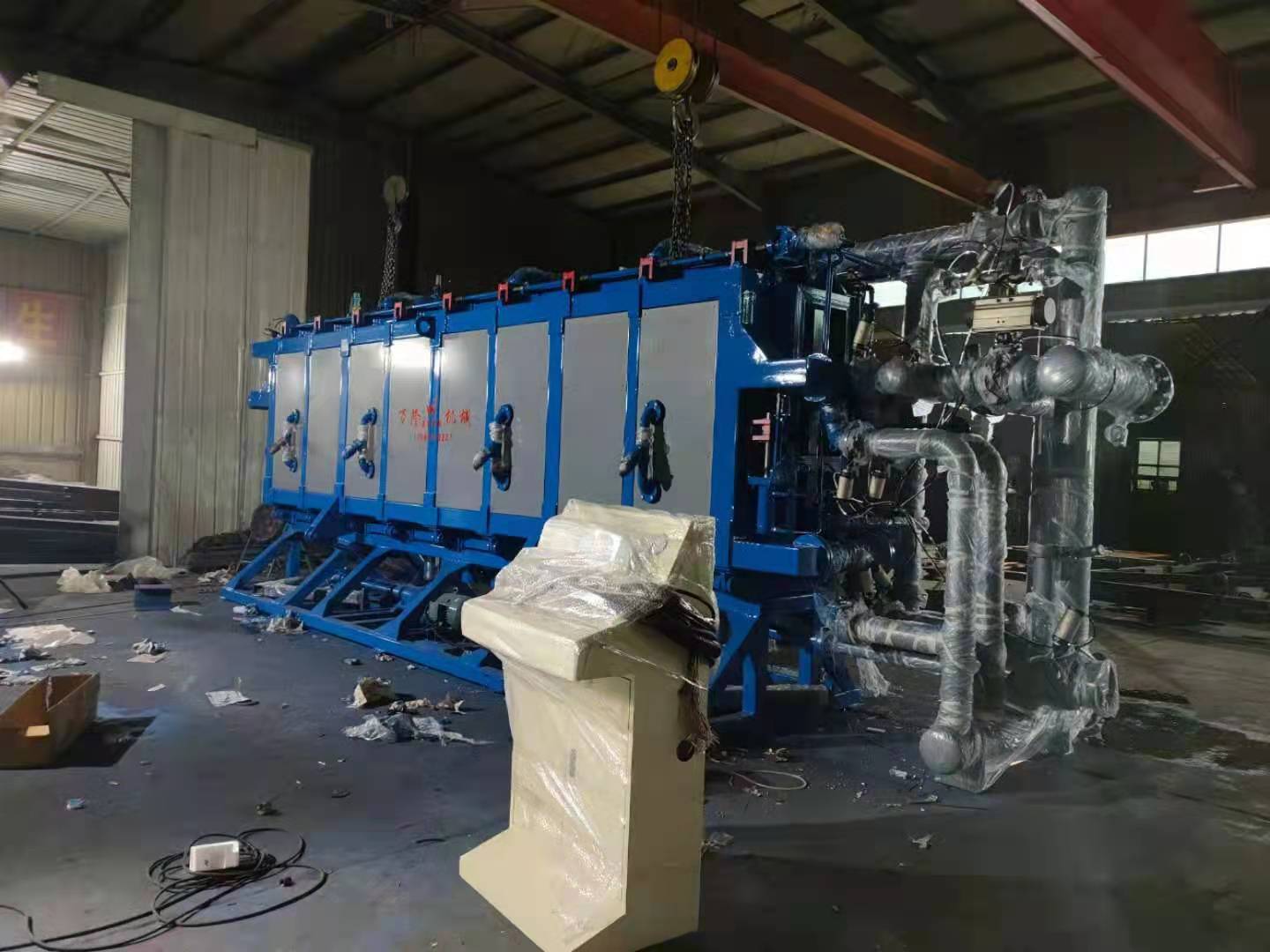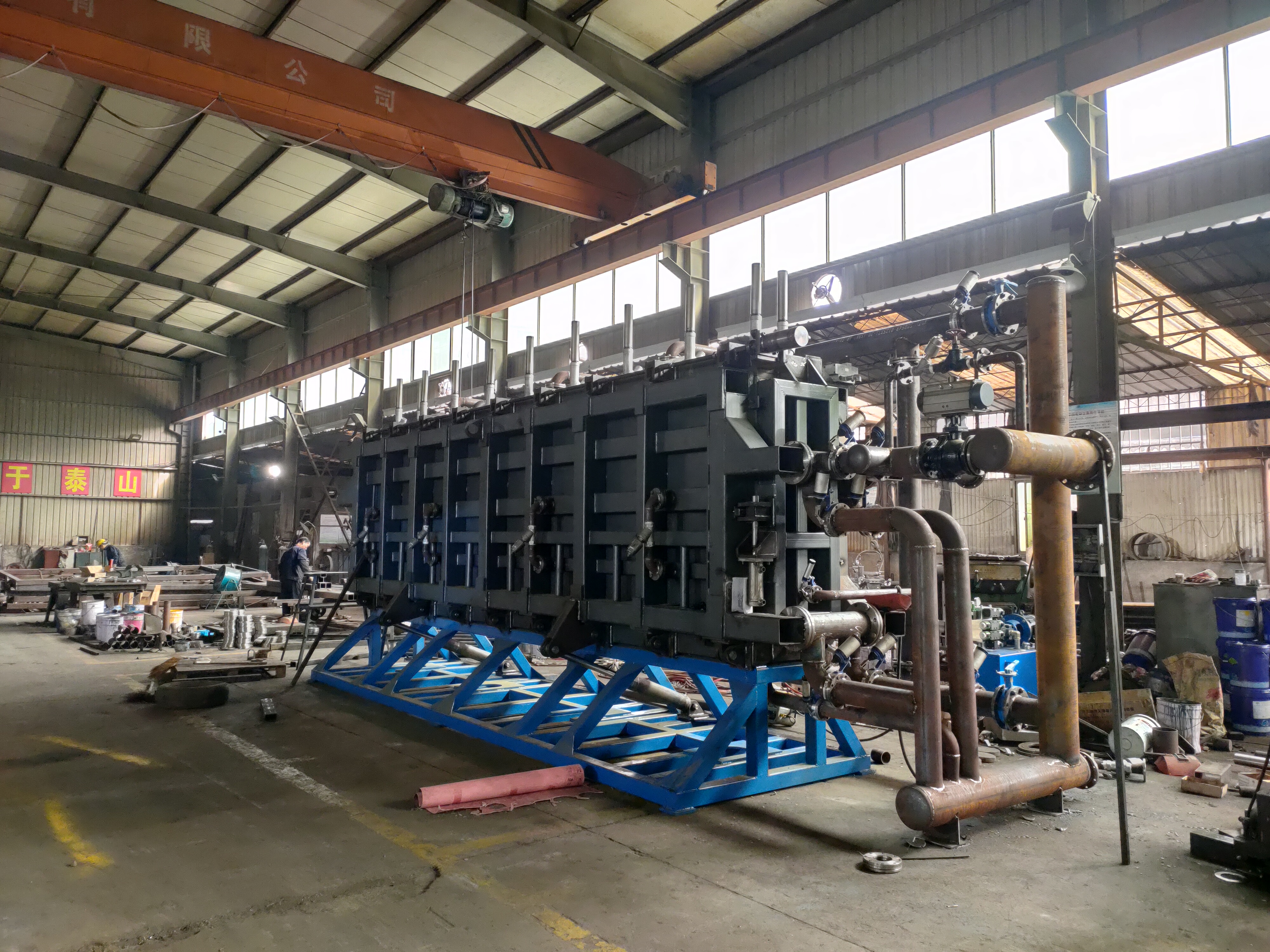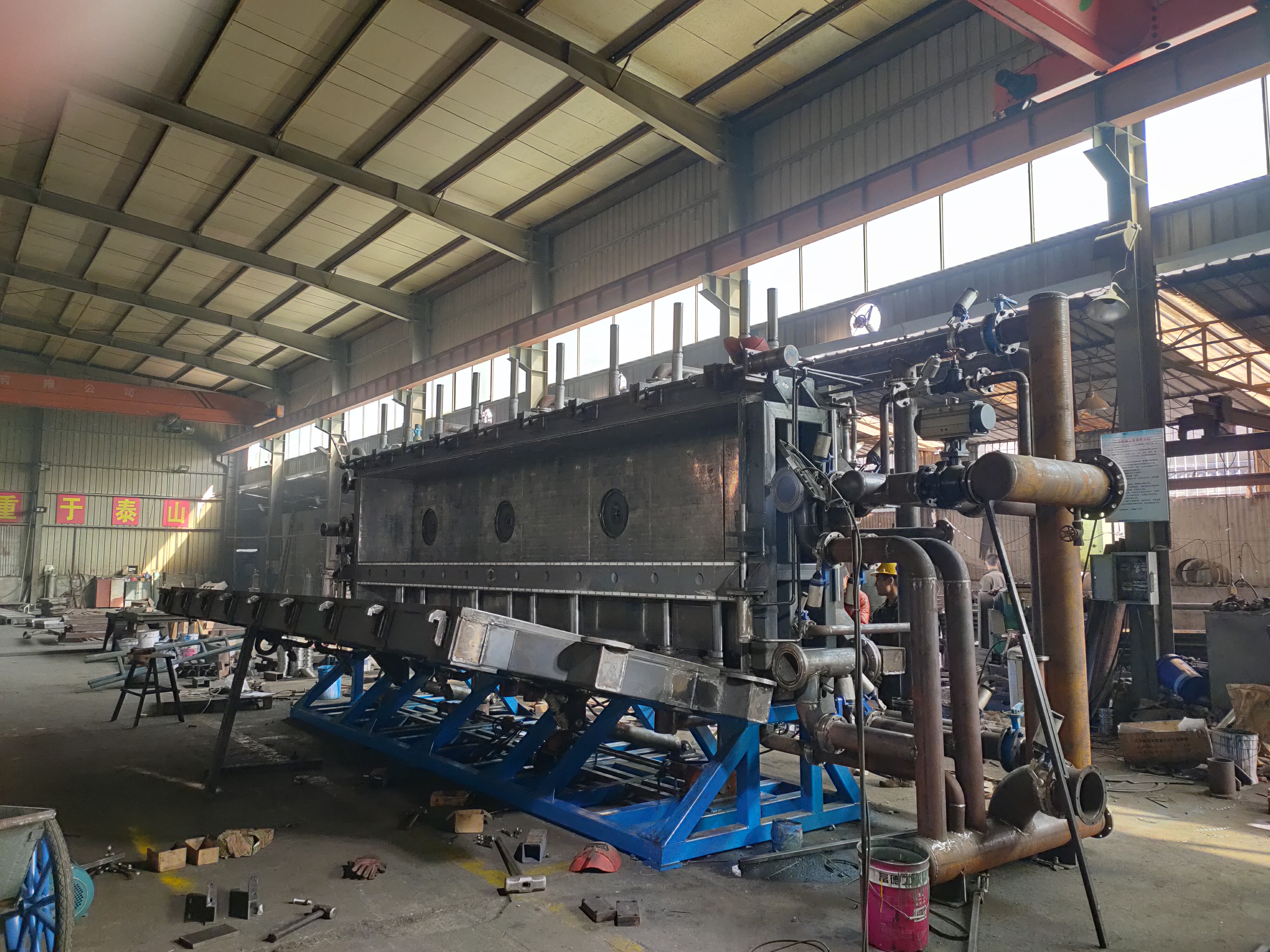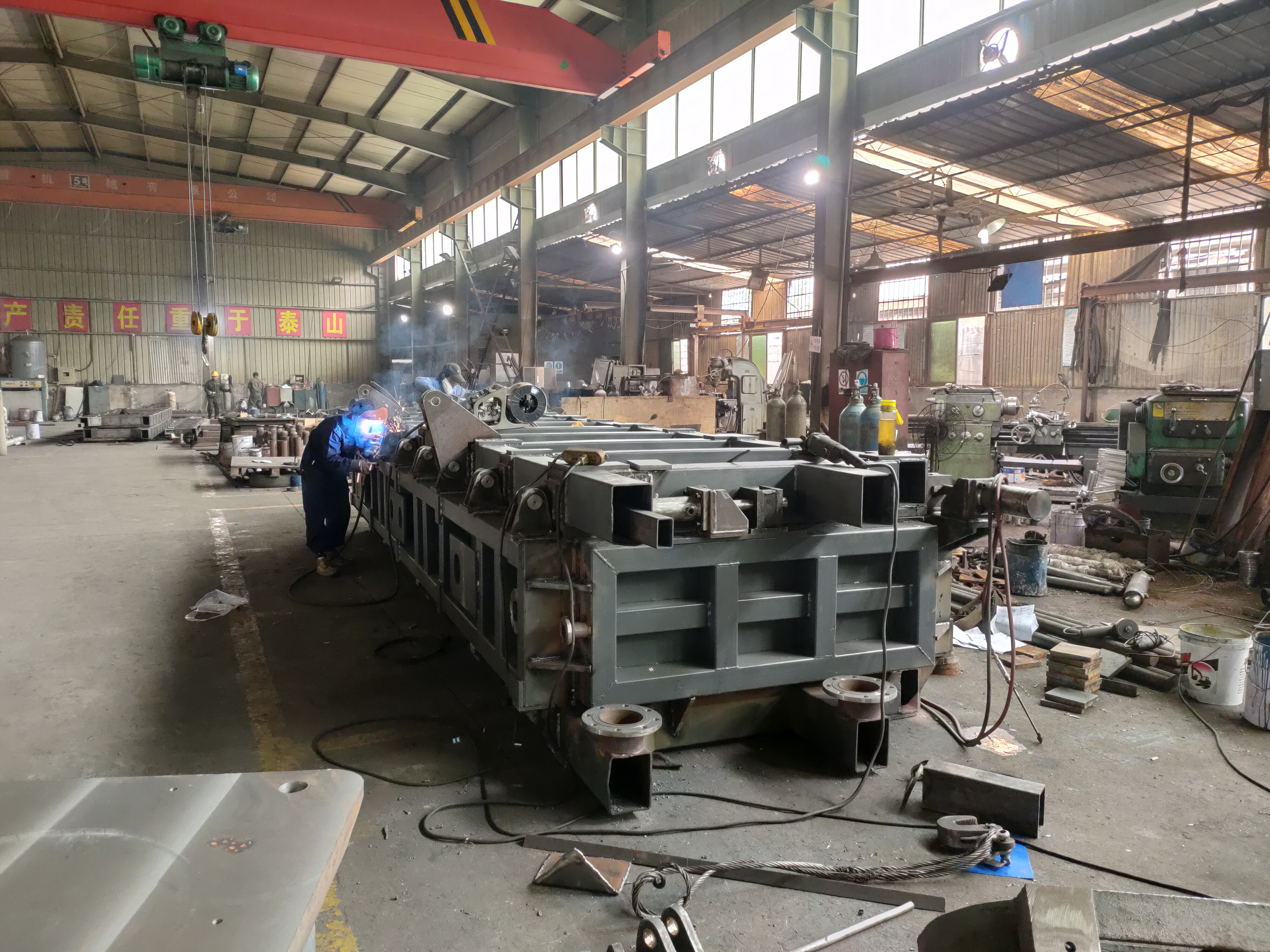Guide for eps pre expander
EPS pre-expander machine is an essential piece of equipment in the EPS production line. It is used to expand the EPS beads and make them ready for the molding process. In this guide, we will show you how to operate an EPS pre-expander machine step by step.
1. Check the raw material
The first thing you need to do is to check the raw material, which is EPS beads. Make sure that they are of good quality and there is no impurity in them.
2. Set the expansion ratio
The expansion ratio is the key parameter that determines the quality of the expanded EPS beads. It should be set according to your requirement.
3. Preheat the machine
Before starting the expansion process, you need to preheat the machine to the required temperature. This is necessary to ensure uniform expansion of EPS beads.
4. Load the raw material into the machine & start expanding process
5. Monitor the process & stop when required
6. Remove & store expanded EPS beads
How to maintain eps pre expander
It is very important to maintain your EPS pre-expander in good working condition. This will ensure that your EPS products have the best possible quality and longest shelf life.
Here are some tips on how to maintain your EPS pre-expander:
- Always use clean, filtered water when topping up the water tank. This will help to prevent any build-up of dirt or debris in the machine.
- Make sure that the air filters are clean and replaced regularly. Dirty air filters can cause the machine to overheat and reduce its efficiency.
- Once a week, run a cleaning cycle with vinegar or another mild acid solution. This will help to remove any scale or residue that may have built up inside the machine.
Common problems and solutions of eps pre expander
EPS pre-expanders are an essential part of the EPS production process, but they can also be one of the most troublesome pieces of equipment. EPS pre-expanders are often the source of production problems, and understanding the most common problems and their solutions is essential to keeping your EPS operation running smoothly.
Here are some of the most common problems with EPS pre-expanders and their solutions:
Problem: Low density foam
Solution: Check for proper air flow and correct proportioning of raw materials.
Problem: High density foam
Solution: Check for proper air flow and correct proportioning of raw materials. Adjust pre-expansion pressure as needed.
Problem: Uneven density foam
Solution: Check for proper air flow and correct proportioning of raw materials. Adjust pre-expansion pressure as needed. Move the pre-expander closer to or further away from the foaming machine as needed.













